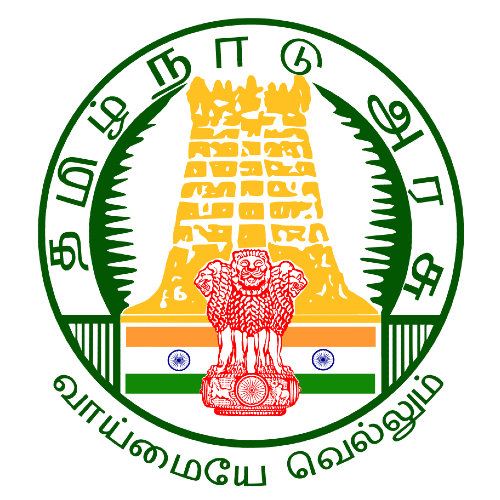
உயர்நிலை வன உயிரினப் பாதுகாப்பு நிறுவனம்
(ஆராய்ச்சி, பயிற்சி மற்றும் கல்வி)Advanced Institute for Wildlife Conservation
(Research, Training and Education)(A Govt. of Tamil Nadu institute)



Wildlife Forensic science is a systematic science that provides tools for answering legal questions involving wildlife crimes. It includes usage of morphometric tools to identify diagnostic morphological characters of wildlife articles/ samples and use of molecular tools in species identification by DNA bar-coding and individual identification with microsatellite markers. Illegal hunting of wildlife is a serious concern for wildlife conservation in India. DNA bar-coding with universal primer technology is one of the most effective protocols developed so far which provides greater assistance in dealing wildlife crime cases. Besides wildlife forensics is increasingly applied as important tool for improving understanding and application to the field of conservation genetics and population dynamics.
Animal Care plays a crucial role for conservation of species both in captivity and in wild. Conservation breeding programmes of the Zoos will be assisted by AIWC after undertaking detailed study on the species concerned. Standardised protocols related to disease management, animal translocation, veterinary care, rescue & rehabilitation of wild animals and hands rearing of orphan animals are the core components of the research works taken up under this centre.
This centre will take up studies on the biophysical impacts on species that lead to their population decline and also the impact of Climate Change on wildlife species and their habitats. The centre will focus on adopting a multi-pronged approach that includes research, technology aided management support, training and capacity building of the implementing agencies, monitoring of population and habitats, stakeholder sensitization and mobilization, and mitigation of climate change threats in priority habitats.
This centre would focus on marine and coastal wildlife species. This centre will coordinate among various departments like Fisheries, Indian Coast Guard, and Marine Police on research and development in training and skill development for resource management.
AIWC Data Diagnostic and Analytics Centre will centralize all wildlife database development for systematic data keeping, integrating them, and conduct regular data analysis for informed decision making at field level. This facility has advanced technology such as Unmanned Aerial Vehicle (also known as drone), e-surveillance system, radio and GPS telemetry, trail- camera monitoring system and decision support system to monitor wild animal population dynamics and conflict mitigation. This centralized decision support system serves as a coordinating unit between the field sites and concerned officials at regional level and at state level. It identifies the knowledge gap and coordinates with field units/staff to implement the already used technology such as Camera Trapping in a systematic manner and manage database for decision-making.
Data Diagnostic and Analytics Centre works on strengthening the following technologies in wildlife monitoring,